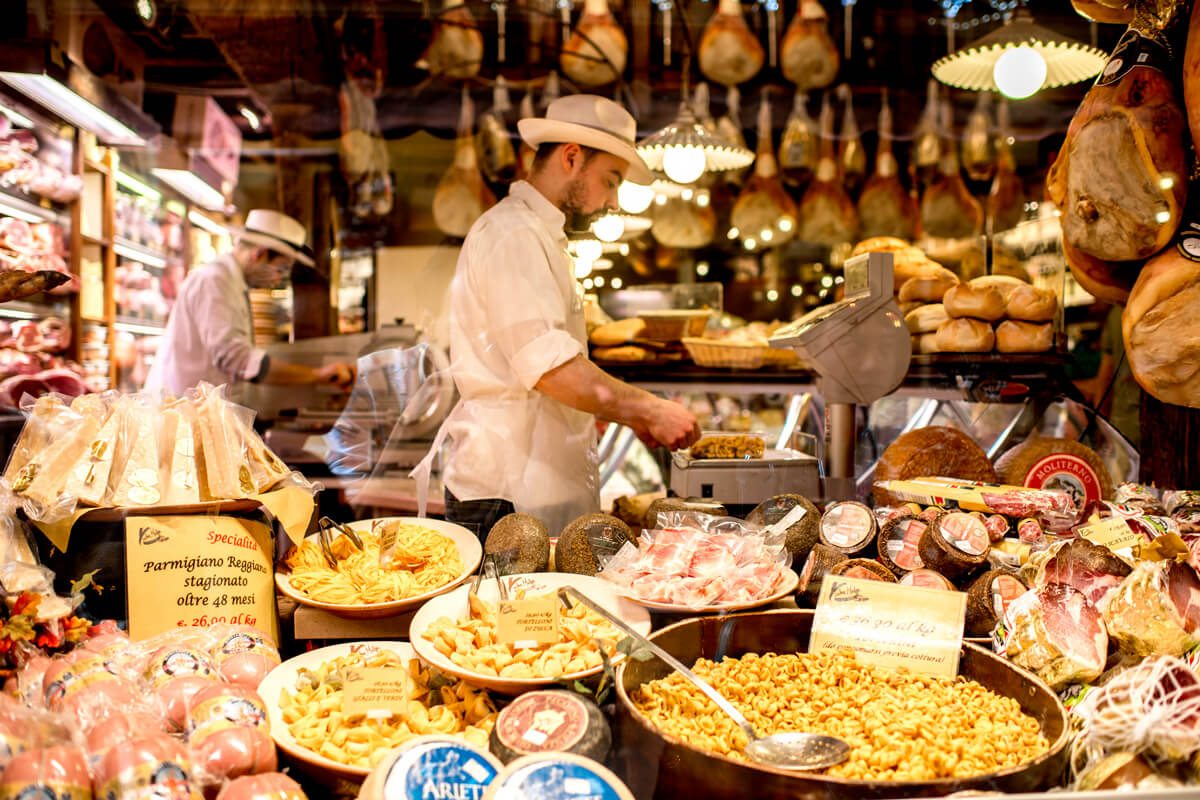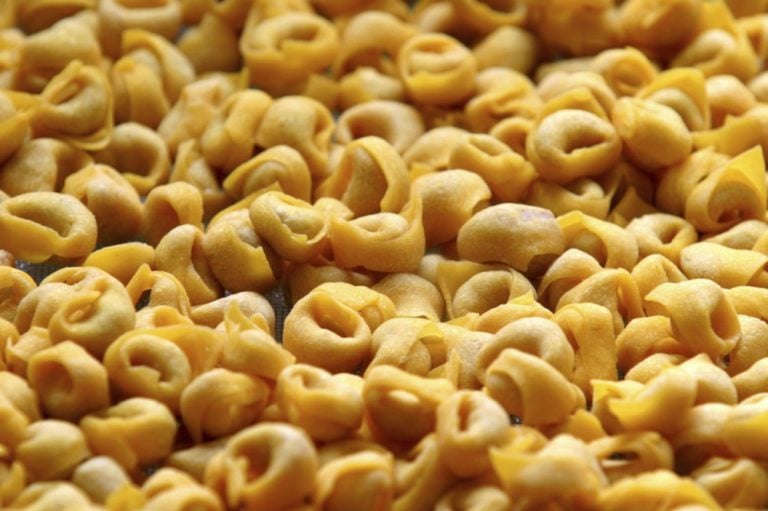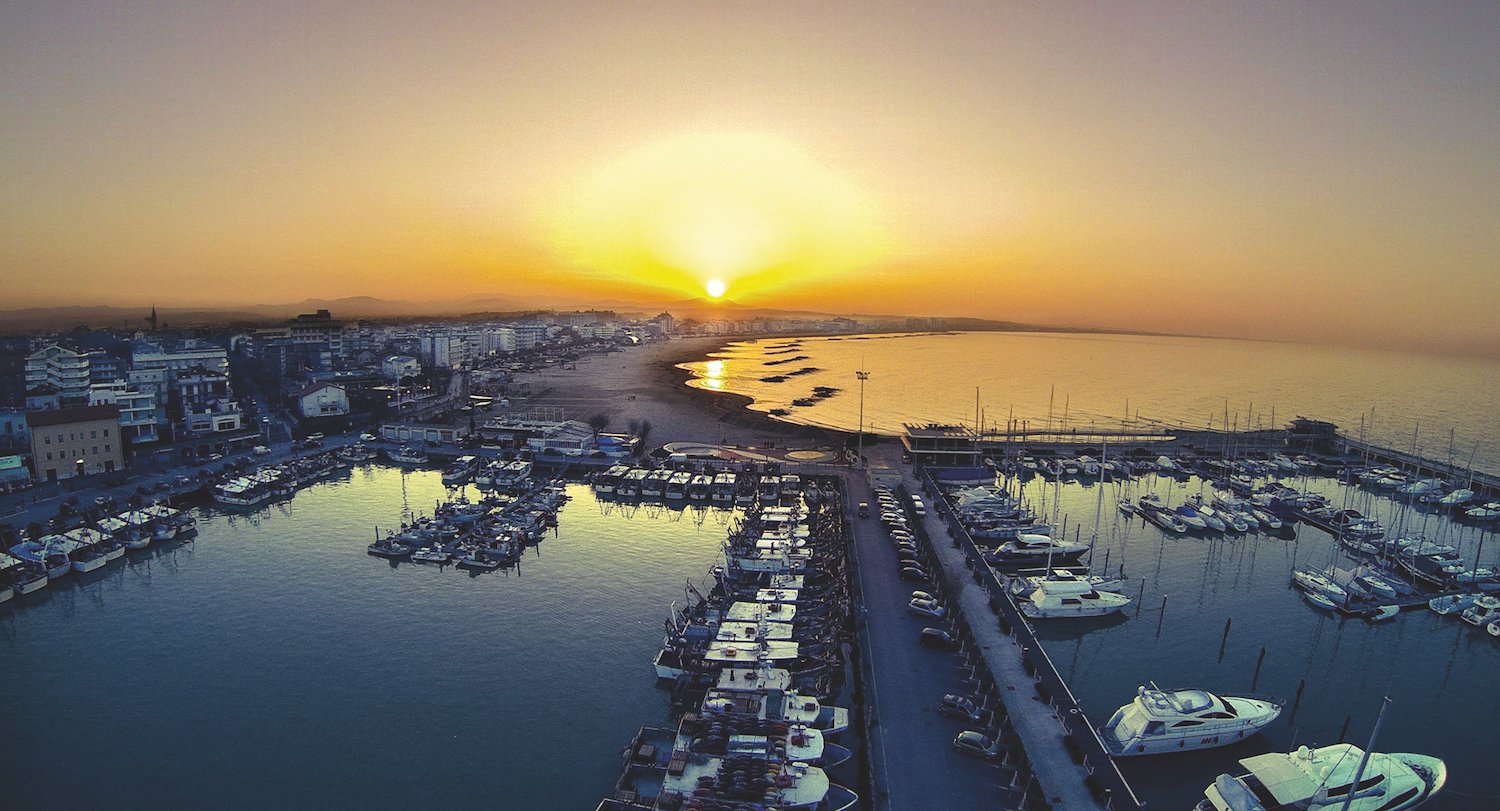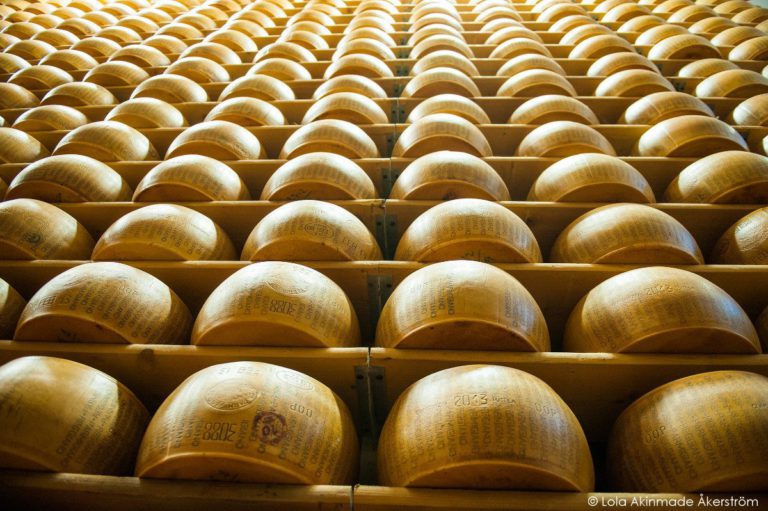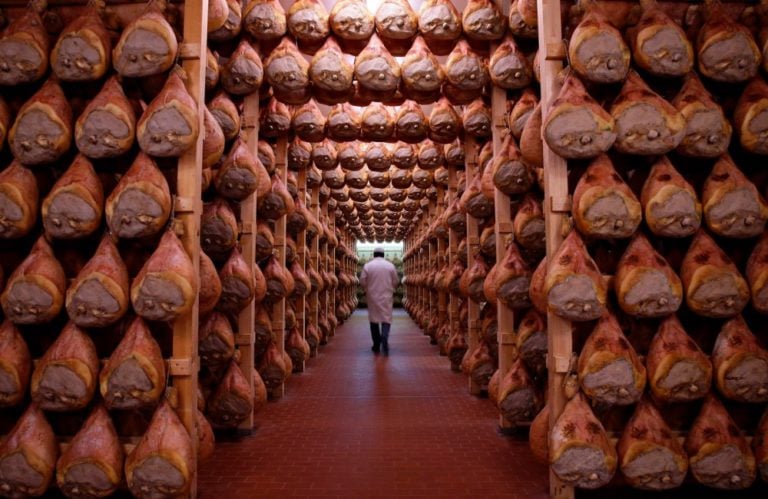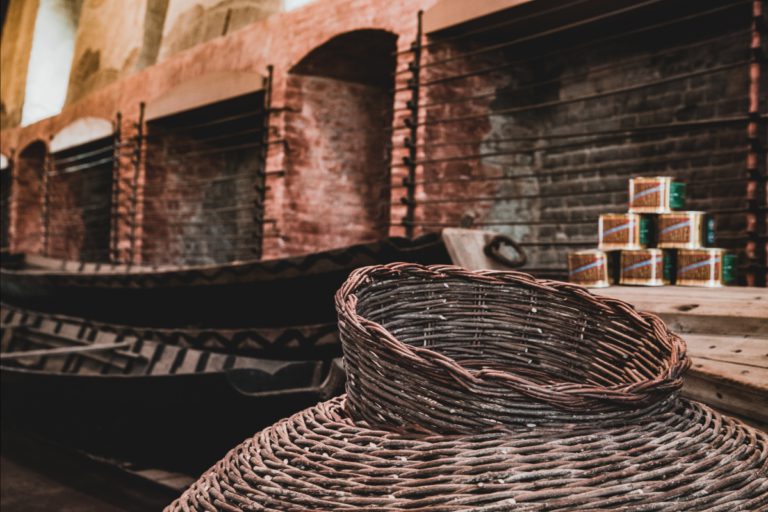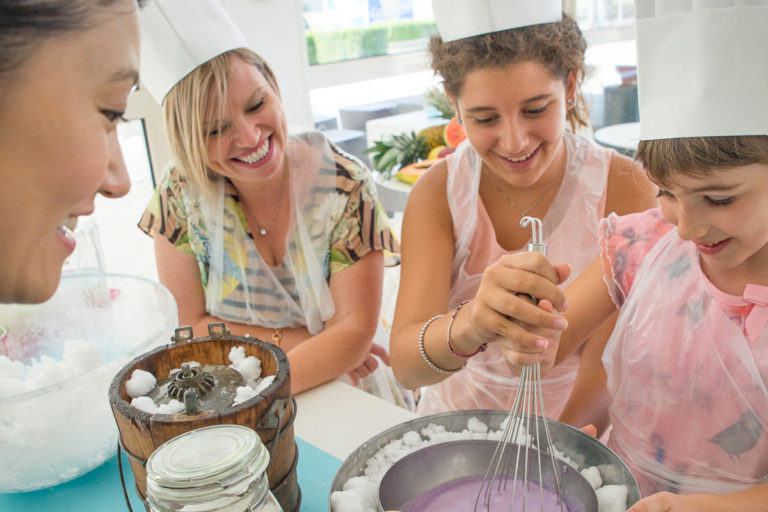The challenge to save biodiversity is not just any challenge.
It is the challenge for the future of the planet and mankind.
Eat well and above all eat healthy: it’s written in this way, but it’s read Slow Food. This international association has been operating in every corner of the Planet since 1986 with the objective of saving endangered animal and plant species.
It carries on its activities with hard work and dedication, through an environmentally-conscious policy based on the protection of biodiversity, on respect and care for the knowledge and identities of individual territories, but above all to the trade of good and genuine products, in compliance with the principles of social justice.
The Slow Food Foundation for Biodiversity works in multiple ways, coordinating and managing several projects. One of these are its Presidia. But what are they exactly?
Well, let’s say that they are a network of communities and actions undertaken by individual producers, aiming to safeguard traditional products which, because of globalization and uncontrolled modernity, risk disappearing from our tables (e.g. cured meats and cheeses, endangered animal breeds, fruits and vegetables).
The foundation strives to pass on production techniques and crafts. It takes care of the environment. It gives value to landscapes, territories, cultures.
There are 19 Presidia in Emilia-Romagna today, and they include cured meats, cheeses, meat, fish and even fruits. Let’s have a look at them.
Culatello di Zibello
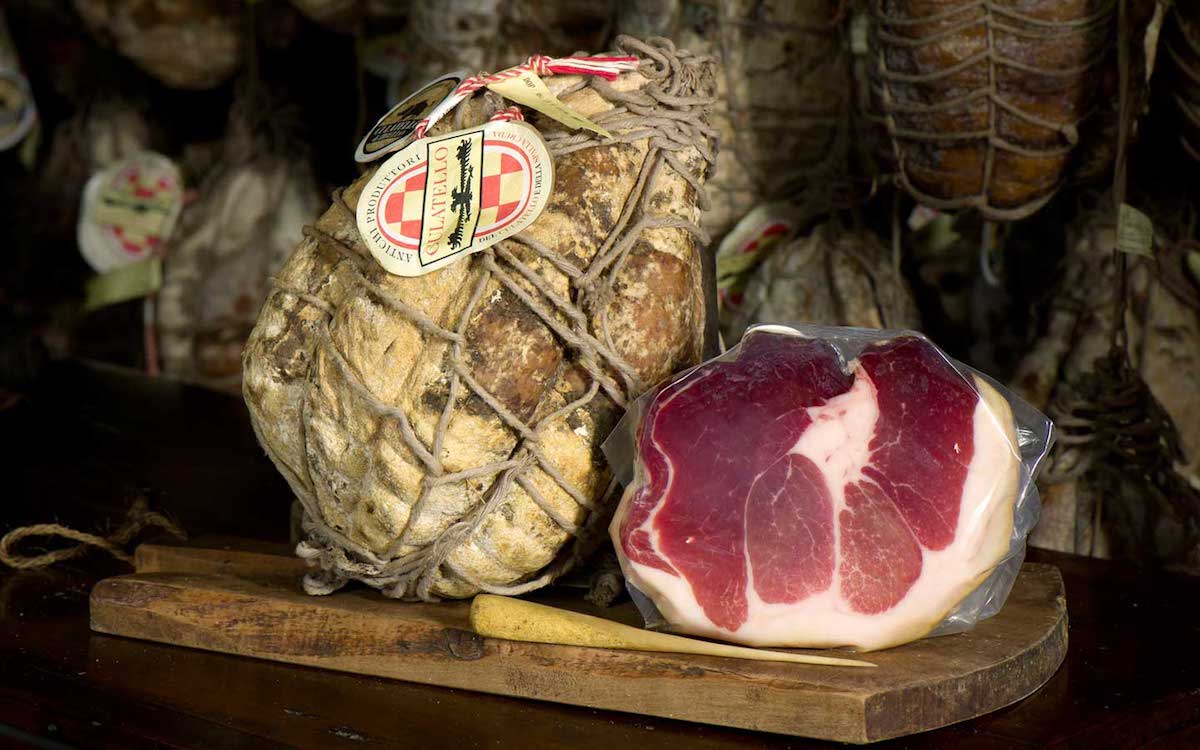
Take the most refined cut of the pork (the so-called “nut” of the thigh) and turn it into a cold cut. It sounds easy but it is not!
Despite the great demand for them, only a few thousand Culatelli di Zibello are produced each year. And there’s a reason for that!
They are entirely worked by hand, naturally cured during the winter months and in only 8 historical municipalities of Emilia-Romagna: Zibello, Busseto, Polesine, Soragna, Roccabianca, Sissa, San Secondo and Colorno.
Mariola
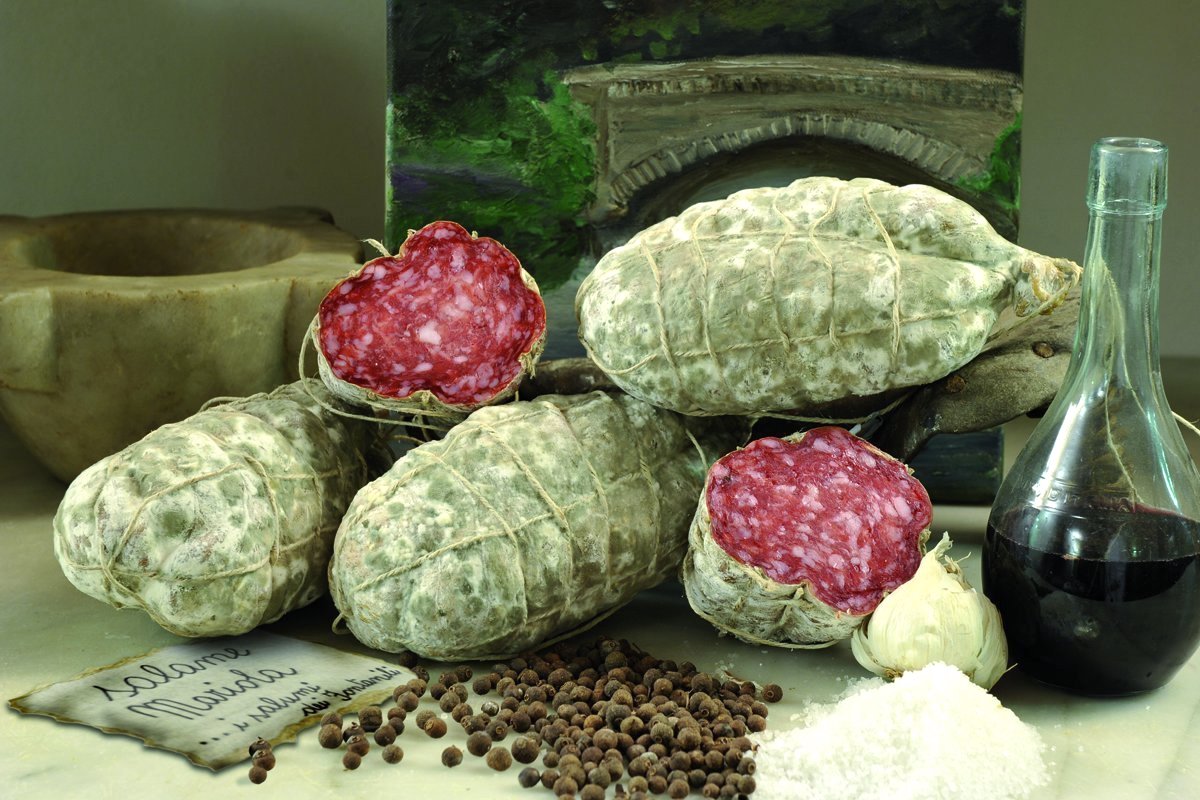
Mariola, one of the most traditional cured meats of the Apennines of Piacenza and of the lowlands around Parma, needs low temperatures to cure.
According to the tradition, there are two versions of it, but the Slow Food presidium only focuses on the latter, which was once eaten by the lower social classes during Christmas festivities.
Classic Mortadella
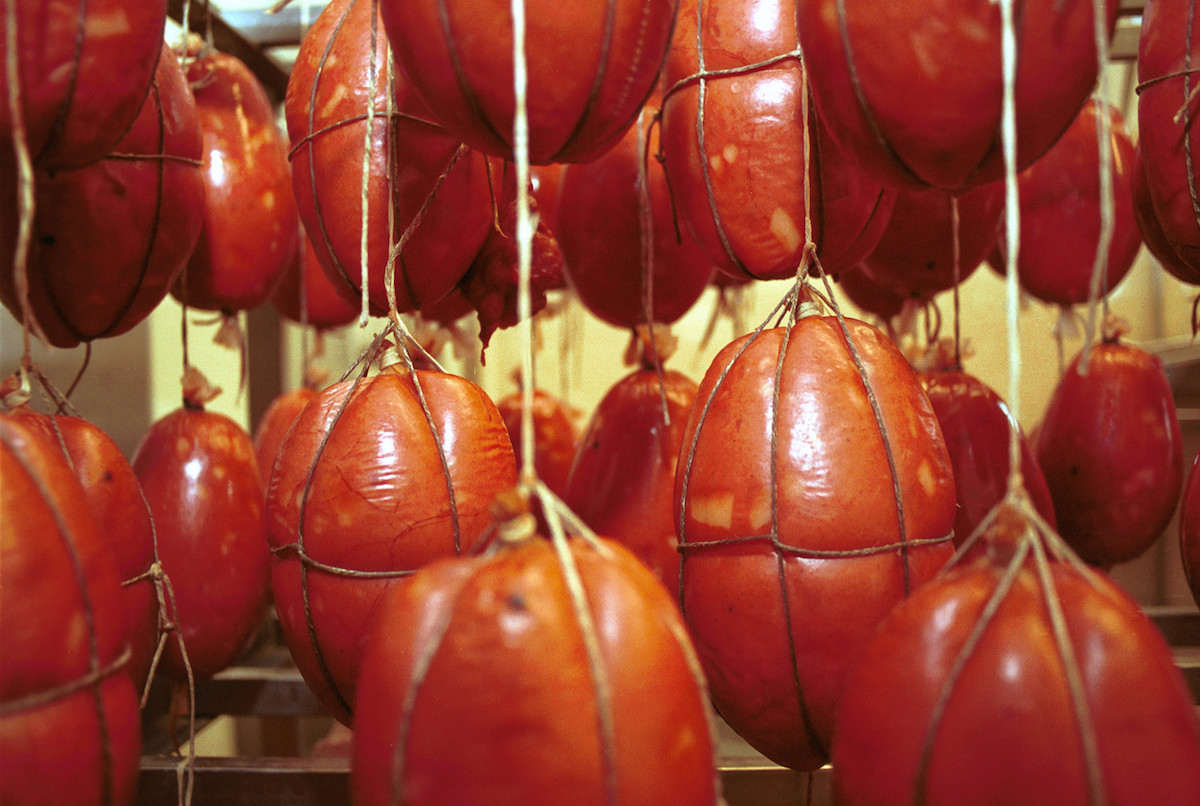
If you think about Bologna, you immediately recall the Two Towers, the University, the meat-sauce, the tortellini… but also about the well-known Mortadella (remember the famous sandwich?!?), which is so widespread in the collective imaginary that has also taken the town’s name – “Bolognese”.
The quality of this cured meat varies depending on the type of meat used, the cooking time, the bladders used and the presence or absence of additives and flavourings.
Bologna traditional Salame Rosa and Lyon
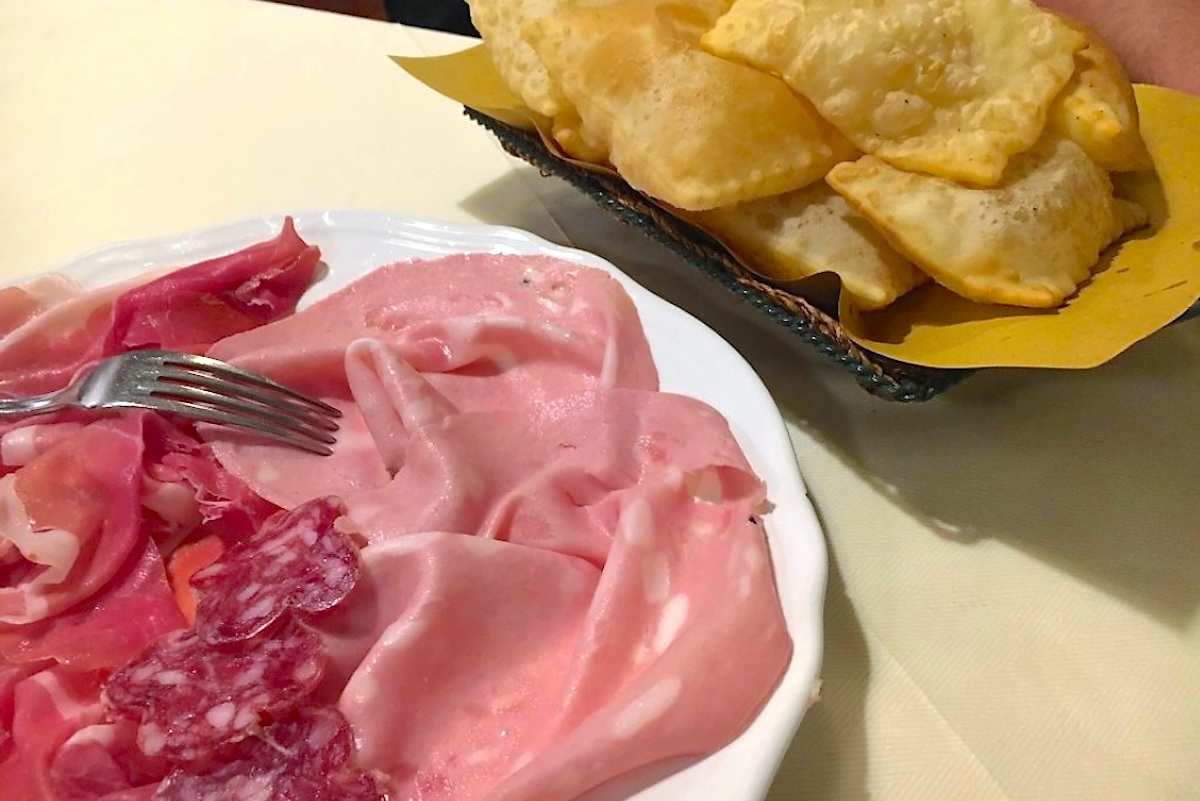
Bologna traditional Salame Rosa and Lyon can be considered as the “little brothers” of mortadella.
They are of the same pinkness, but are worked with different cuts of pork, which are then flavoured with garlic and pepper and finally cooked in traditional hot-air ovens.
Spalla Cruda
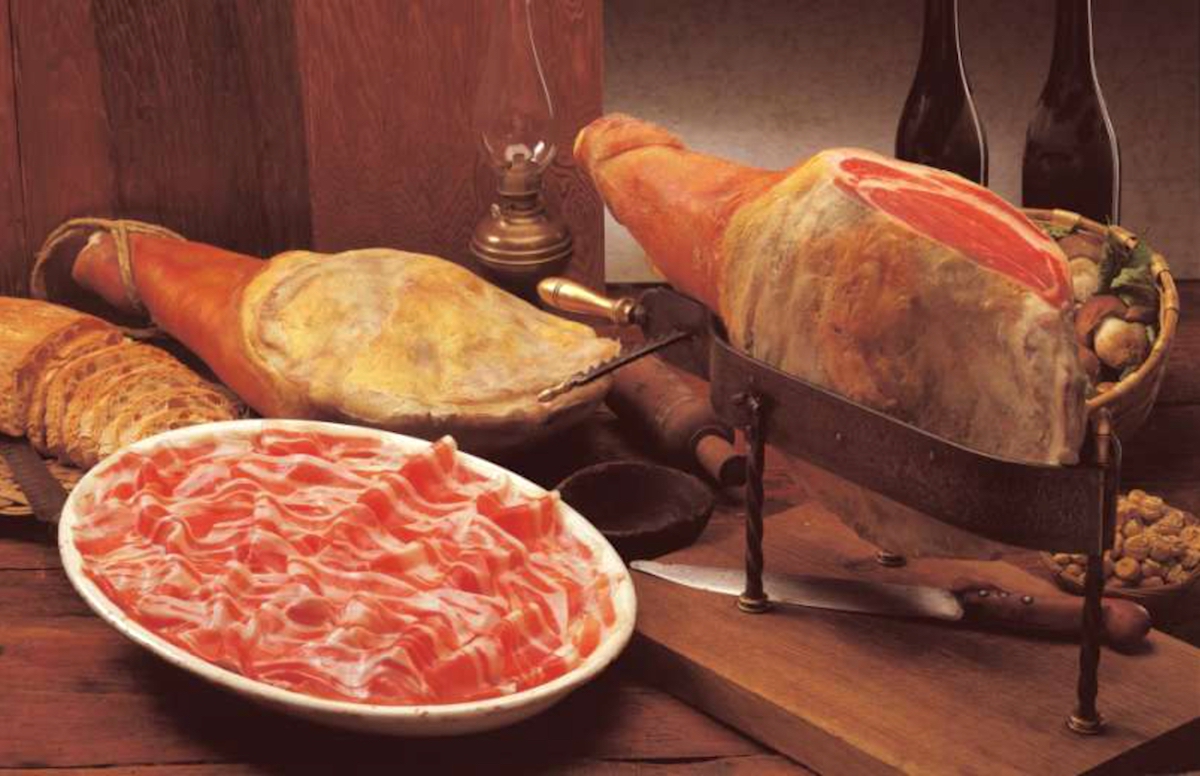
What in other geographical areas is ground up to produce cotechino sausages and salami, in Parma is elected queen of the art of pork butchery.
Unfortunately, an excellent Spalla cruda a requires a seasoning of about 16 to 20 months but, as we know, good things need time, love and patience.
Marinated Eel of the Comacchio Valleys
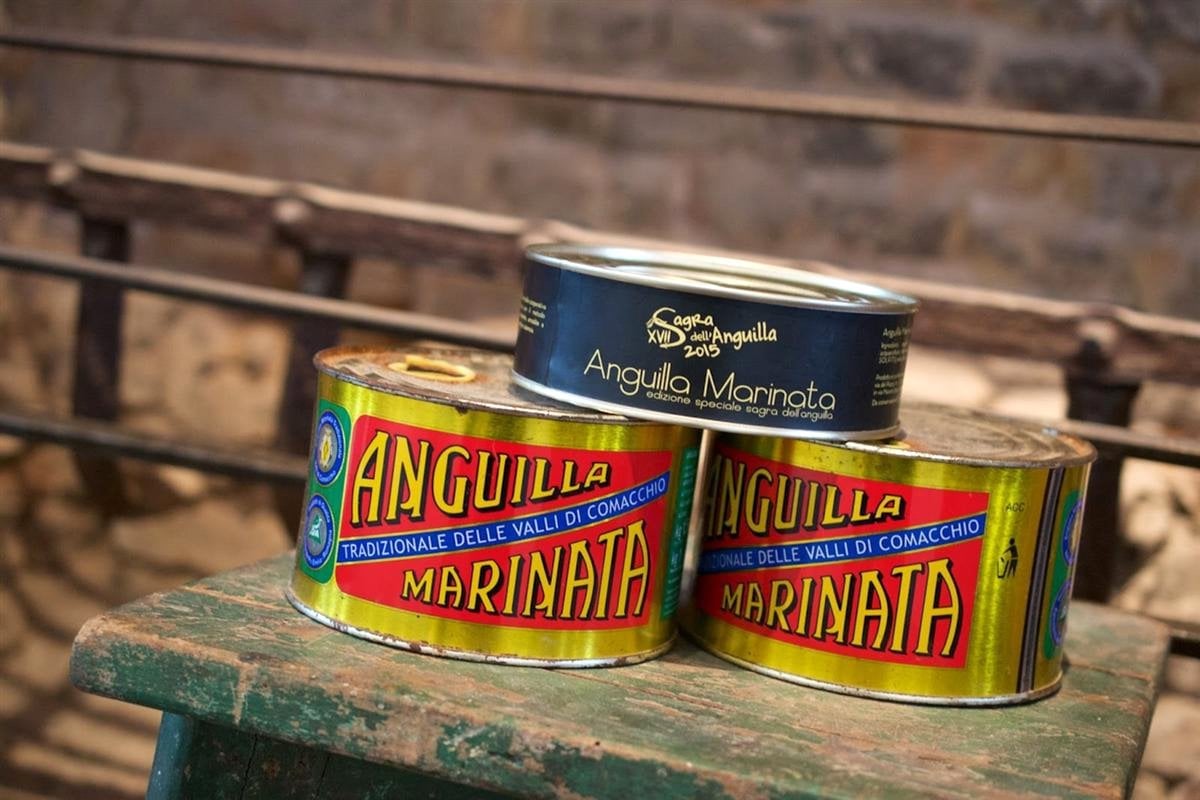
The Marinated Eel of the Comacchio Valleys is found in a very specific place in Emilia-Romagna, between the Reno River, the Adriatic Sea and the famous Comacchio Valleys.
In this area of low bottoms, brackish and fresh water channels, the eels find their natural habitat.
In order to get an excellent product, cook it on a skewer and marinate it in white wine, Cervia salt and water.
Tuscan-Romagnol Apennines Raviggiolo
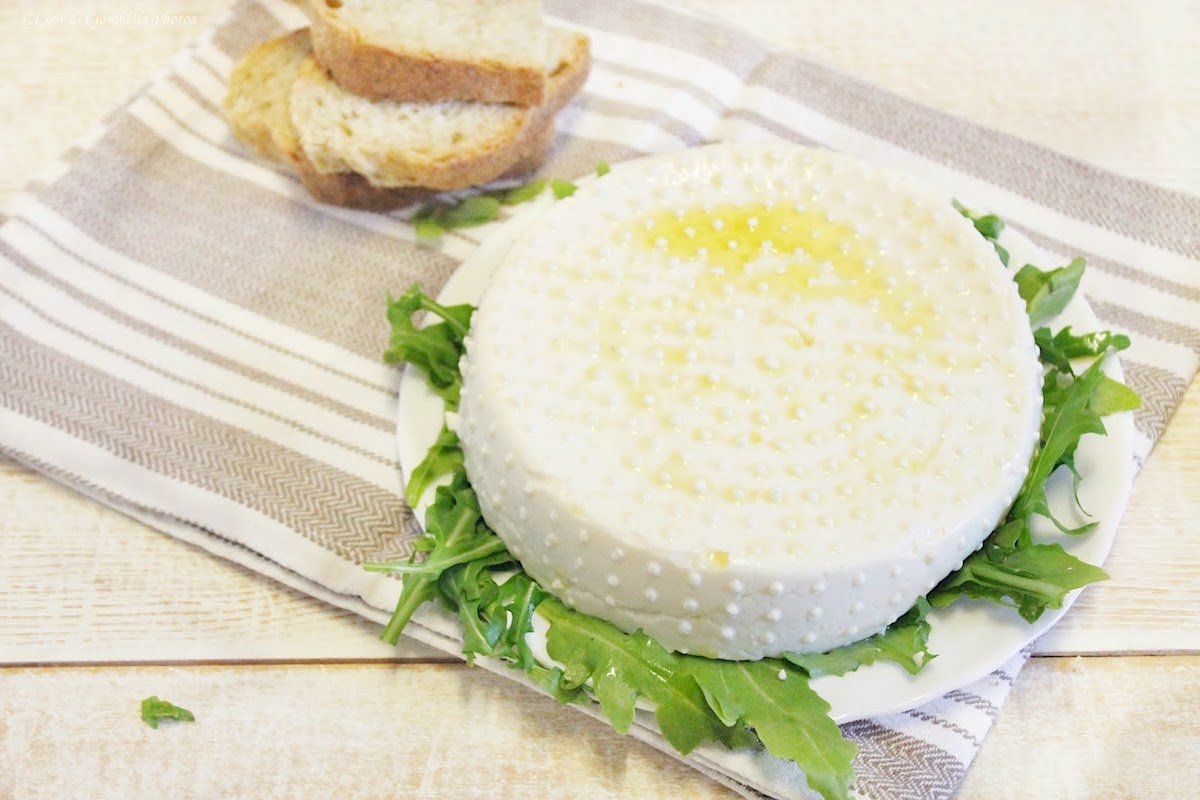
Centuries of history at its back, Artusi defines it as one of the ingredients for making Cappelletti in the Romagna tradition.
Before conquering the tables of Italy, the Raviggiolo cheese is prepared and aged right in the area of the Tuscan-Romagnol Appenines.
Cocomerina Pear
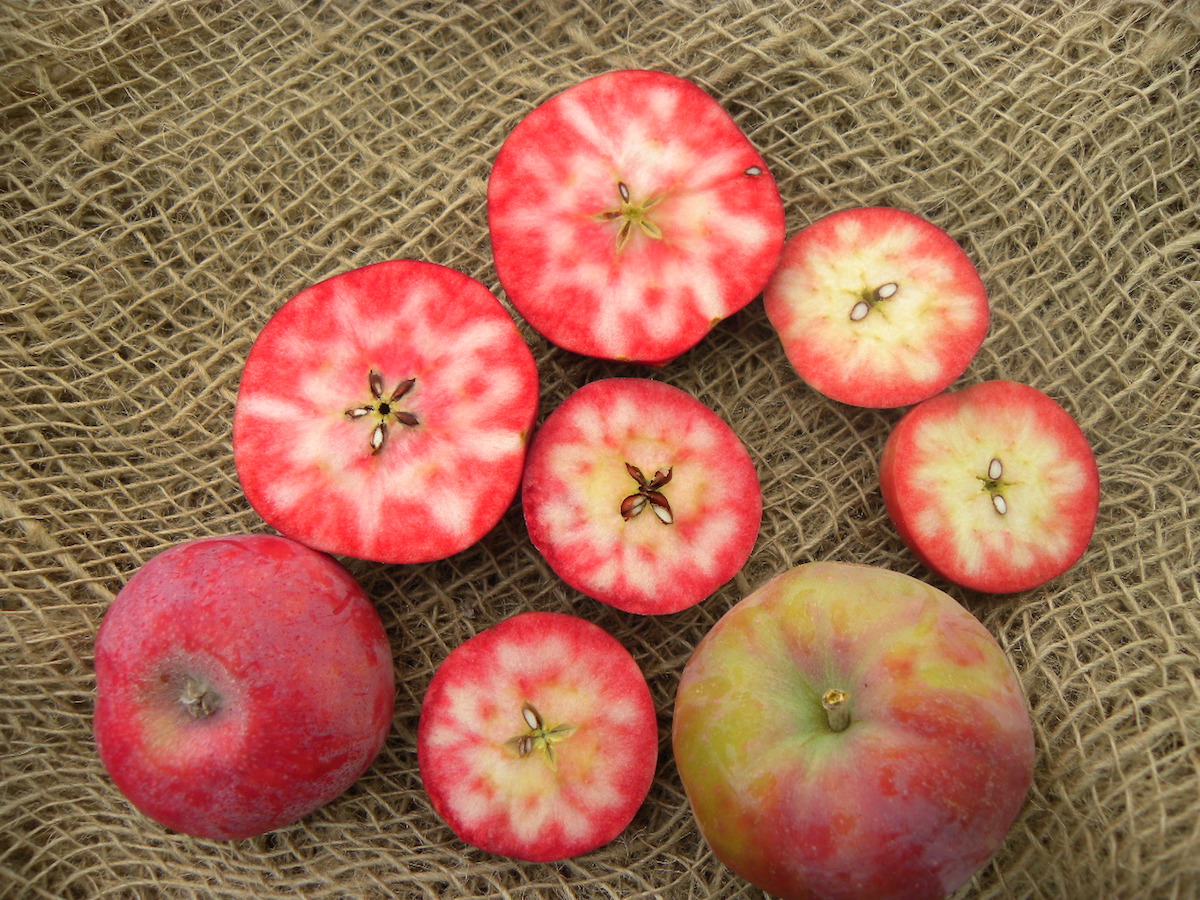
Green skin and almost red flesh: this is how this funny Cocomerina Pear, which means “watermelon pear”, looks like.
It is an ancient and almost forgotten fruit that now is raised in some areas of the Appenines around Cesena.
It is not easy to find on the market stalls and it is usually used to make marmalades and syrups.
Cervia Salt
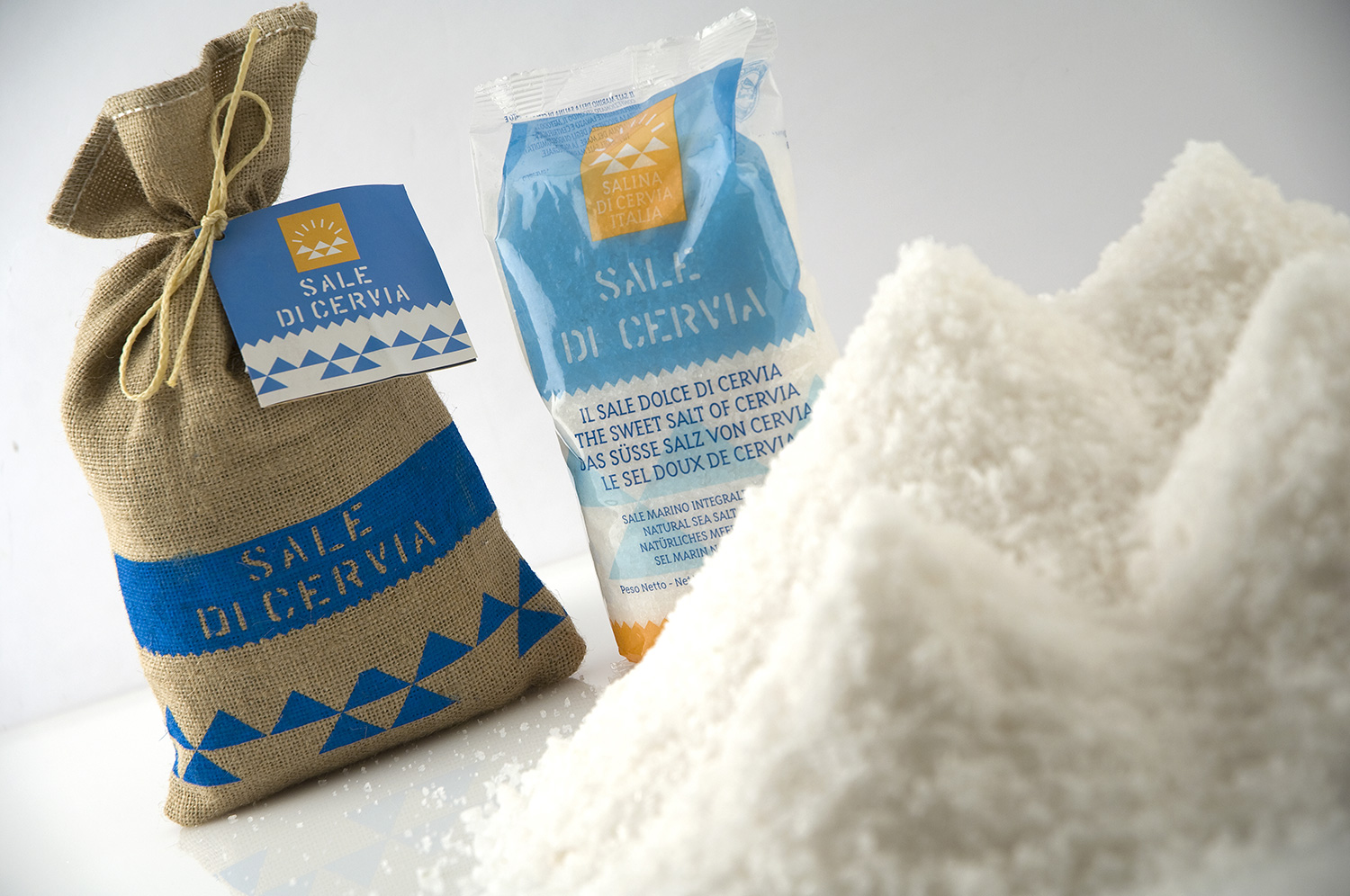
It’s its “sweetness” that makes the Cervia Salt stand out above all the others on the market. This is thanks to the almost absence of organoleptic elements in its structure that give that classic slightly bitter taste to the salt we are used to when we savour a salty food.
It’s excellent for cooking, but also for relaxing, since it is used also in wellness resorts.
Romagnola Cattle
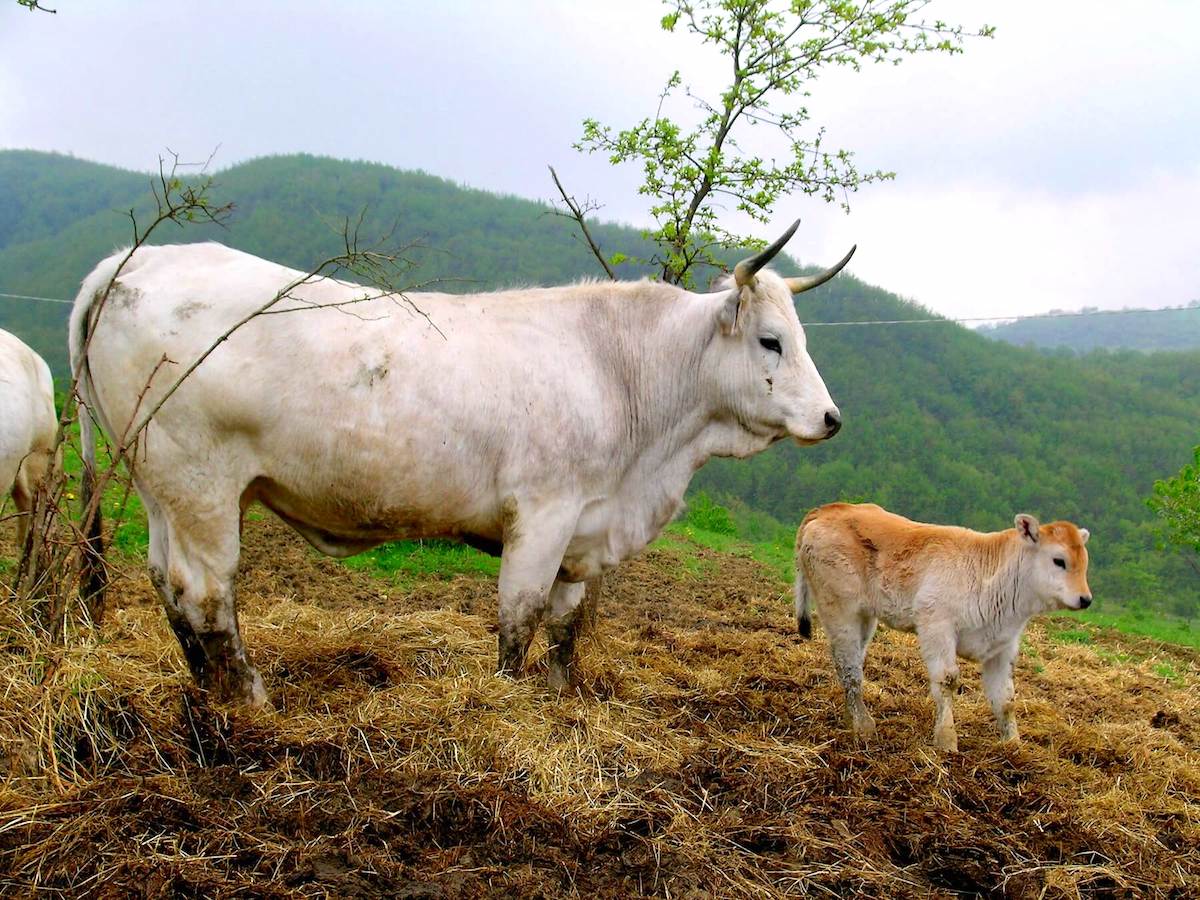
Not much milk, but meat. The Romagnola Cattle is bred for its flesh, and has been at risk of extinction for the last 50 years because of the crisis of extensive animal breeding.
Mora Romagnola Pig
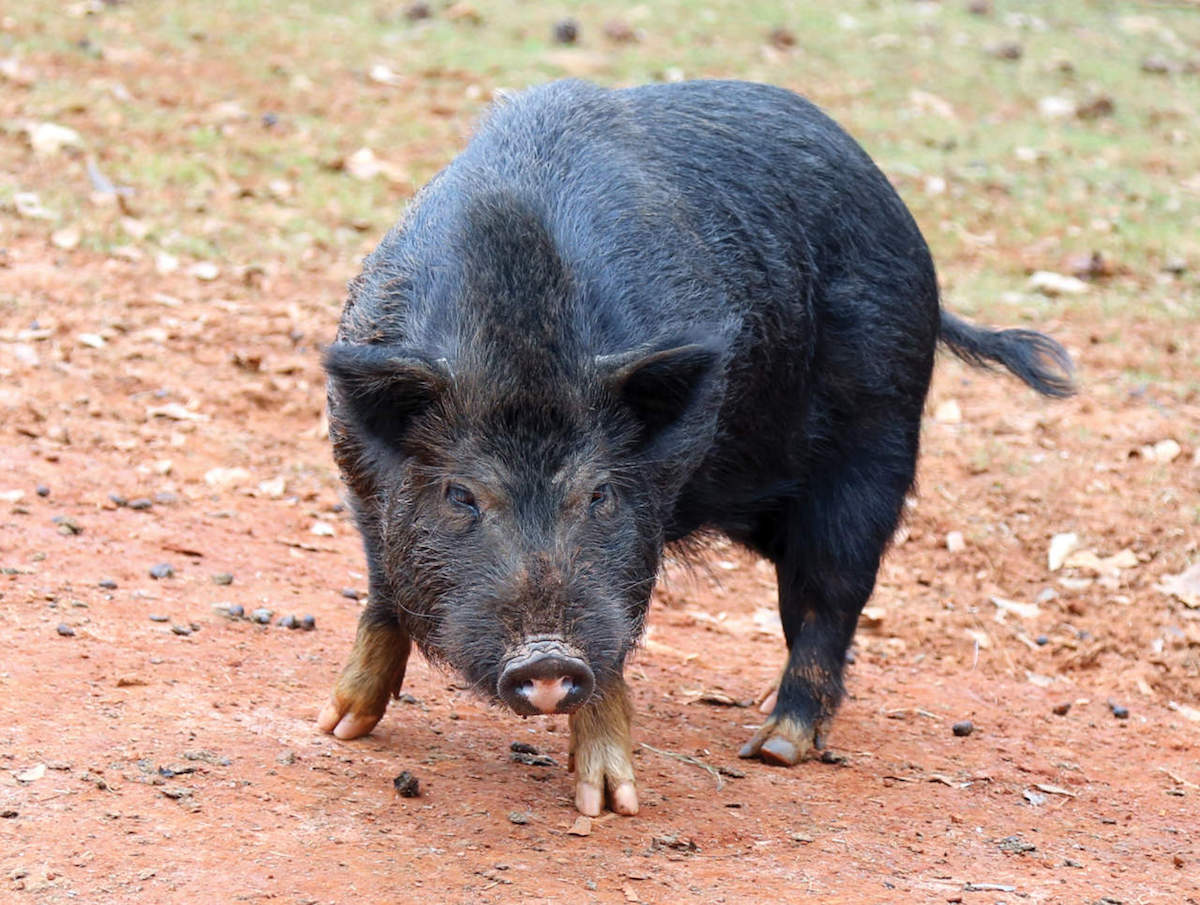
Like the Romagnola Cattle, the Mora Romagnola Pig has been at risk of extinction over the last 50 years.
Dark-brown coat, unusual almond-shaped eyes and long tasks that make it look more like a boar than a pig. The flesh, however, is exquisite and very savoury.
Cornigliese Sheep
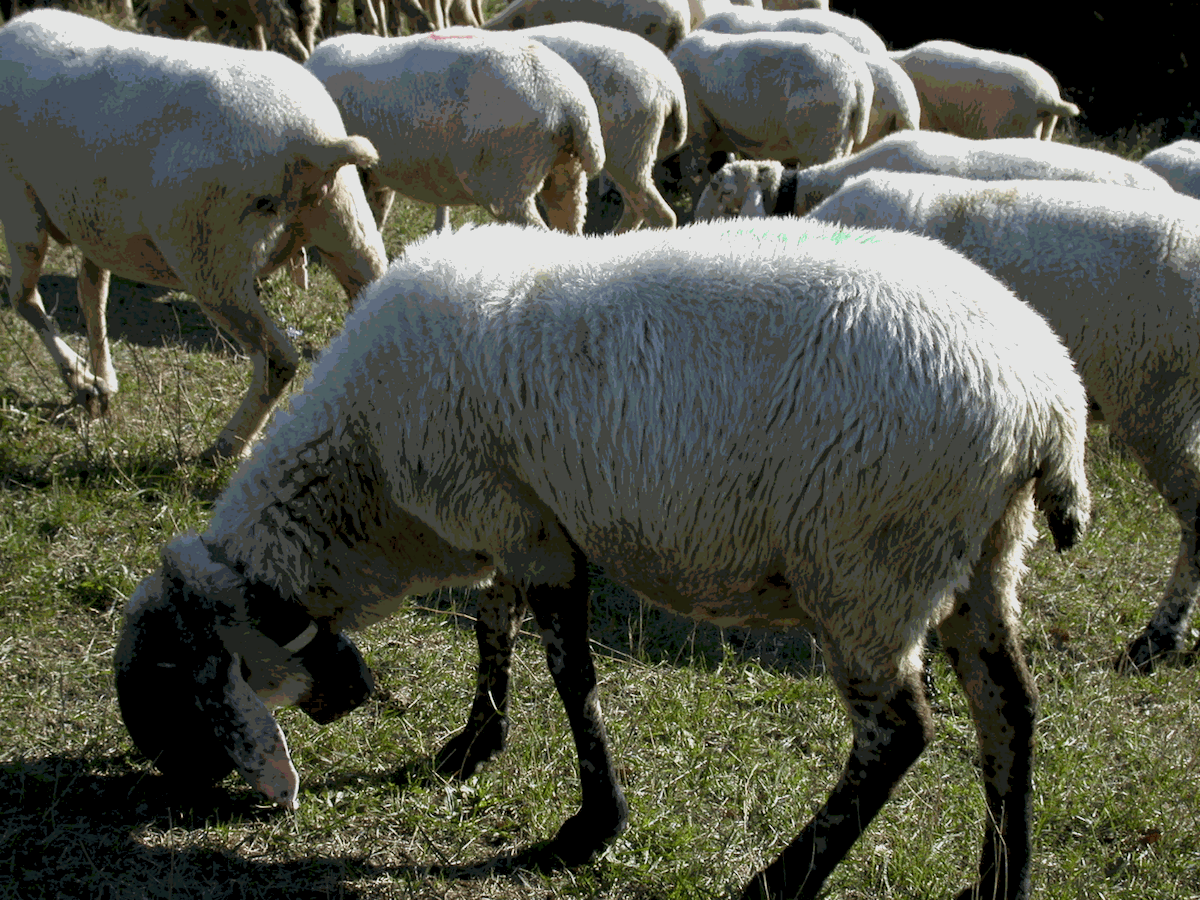
Coming from the Parma valleys, the Cornigliese Sheep results from the crossing of different species whose objective was to obtain animals who could produce good-quality wool, food and milk.
White Modenese Cow
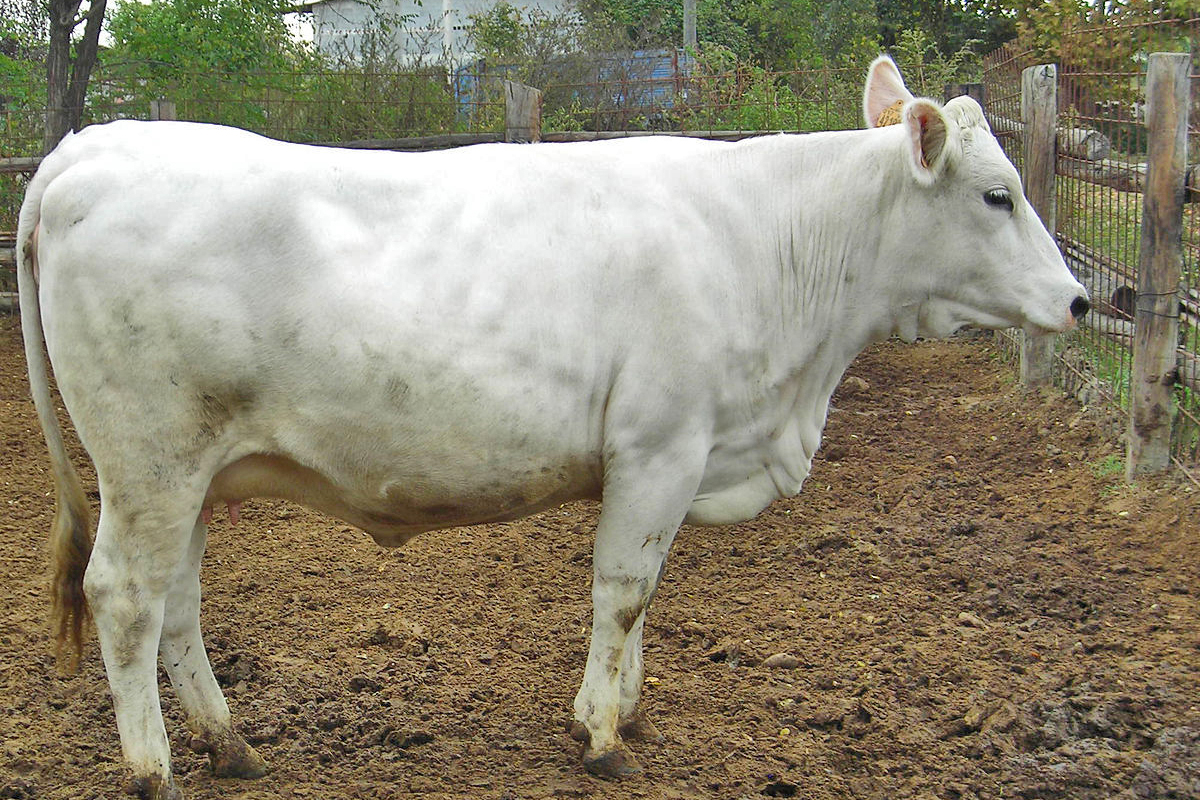
The origins of Parmigiano Reggiano are partially linked to the local white Modenese cow. Later, it has been substituted by the Frisona and the Netherlands Cows, which were able to produce bigger amounts of milk.
Nonetheless, it can still be found in the provinces of Modena, Ferrara, Mantova and Reggio nell’Emilia and it is undergoing a period of re-discovery and safeguard.
Reggiani Ancient Melon Varieties
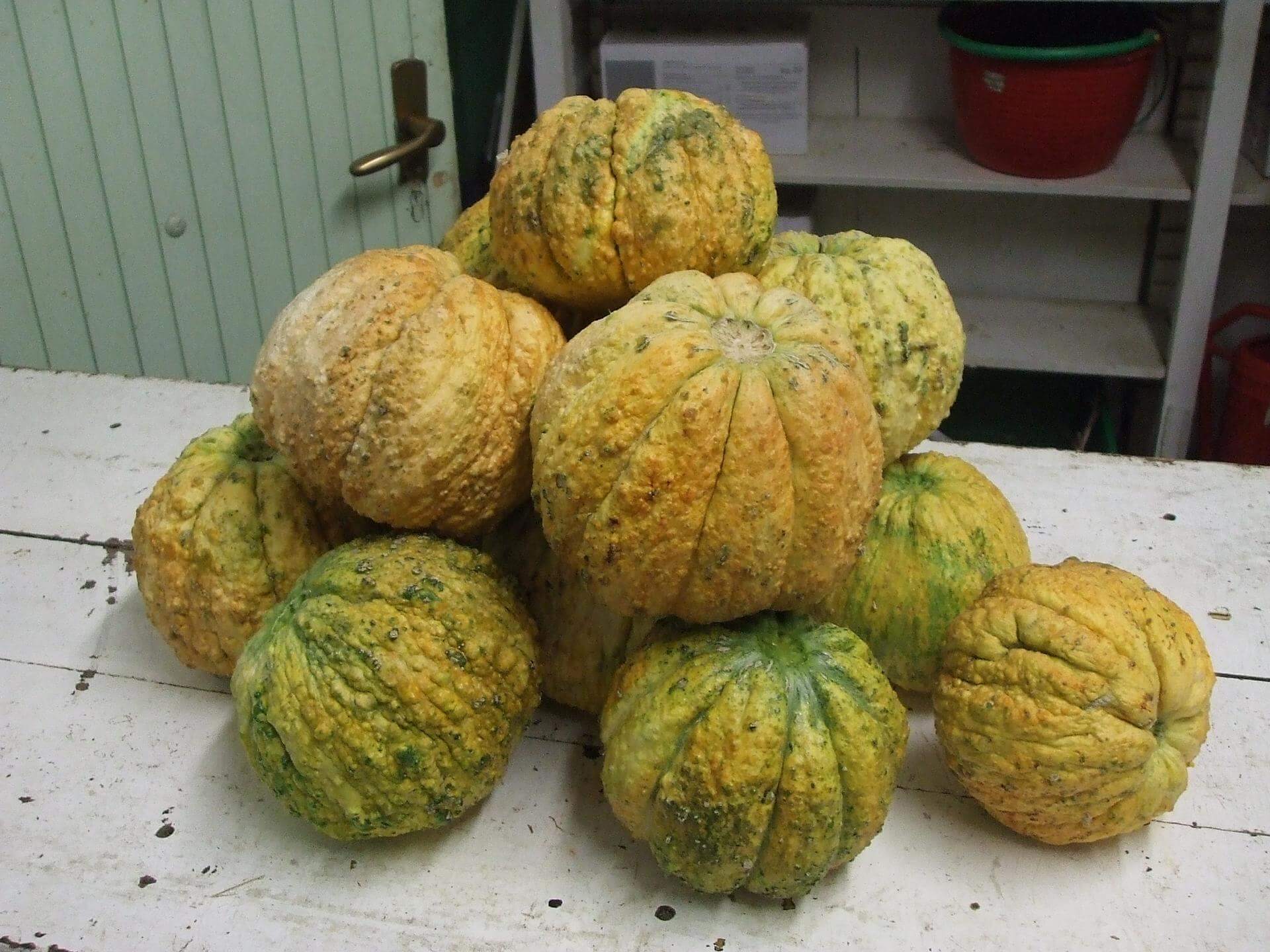
Melon cultivation in the Reggio Emilia area has a long tradition behind it, especially in the valleys between Novellara, Guastalla and Santa Vittoria.
Their cultivation changed several times during the 20th century, especially following the introduction of more marketable varieties such as American hybrids, which have high productivity, great shelf life and high sugar content.
Of the Reggiani Ancient Melon Varieties, four varieties that had disappeared have been recovered at the end of a lengthy project involving the Antonio Zanelli Institute of Higher Education in Reggio Emilia: the Rospa melon (very similar to a pumpkin), the Santa Vittoria banana melon (with a pronounced banana note), the Lentigione banana melon, and the ramparino melon.
San Luca Violet Artichoke
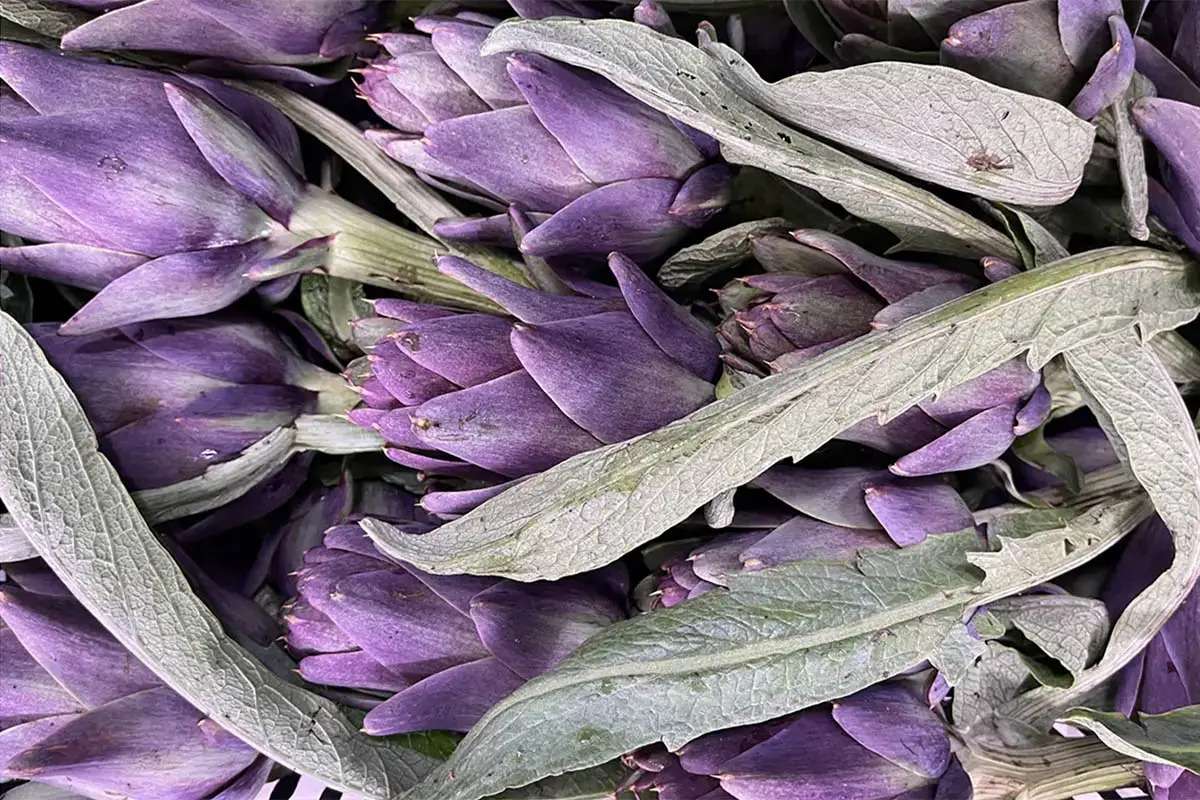
Of the artichoke orchards that carpeted the hillsides south of Bologna, not much remains today, but in the first half of the 20th century the San Luca Violet Artichoke was one of the main crops.
Its survival is due to a few farmers who cherished this variety and worked to protect and enhance it.
It is also cultivated in the Romagna area, but it is in the clay soils of the Bolognese hills that if finds fertile soil that gives this variety a fresh, herbaceous flavour with notes tending toward liquorice root.
It is eaten fresh or boiled and dressed with extra-virgin olive oil.
Vignola Moretta Cherry
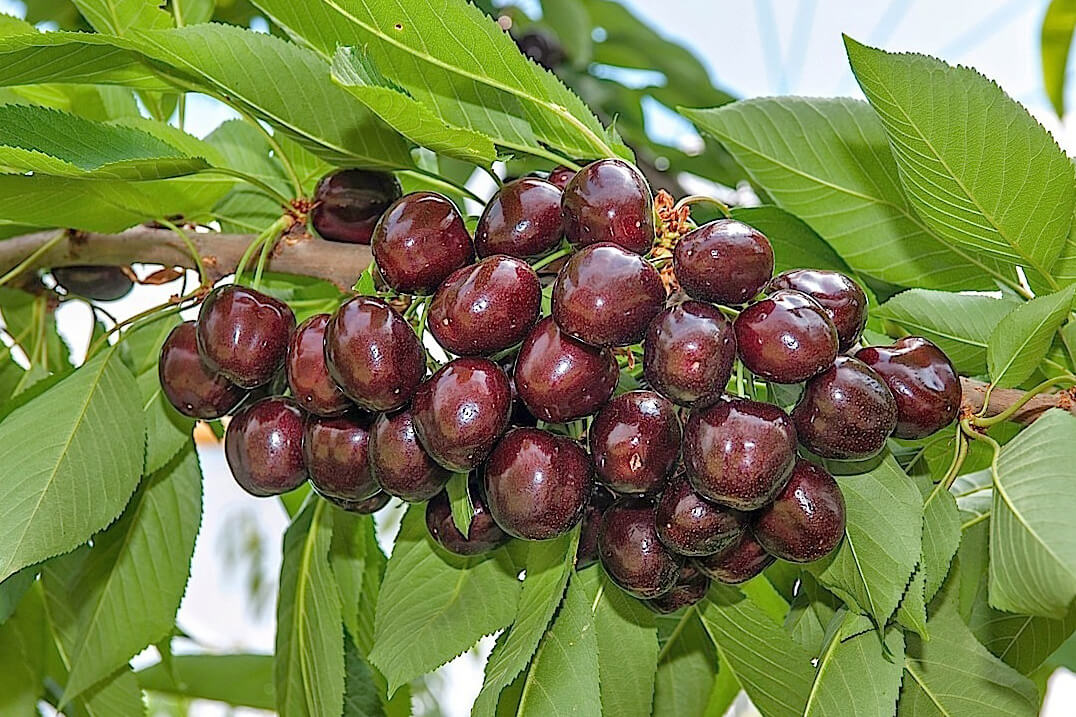
The Vignola Moretta or Mora cherry is an indigenous variety of cherry from Emilia-Romagna, historically grown in the foothills accompanying the course of the Panaro River and other minor waterways, such as the Samoggia and Guerro streams.
Commercially widespread in the early 1900s, when fully ripe this variety has a medium size, a thin, glossy, and black skin and a very tender, juicy flesh. Excellent when eaten fresh, it is perfect for making jams and compotes.
Buco incavato Peach
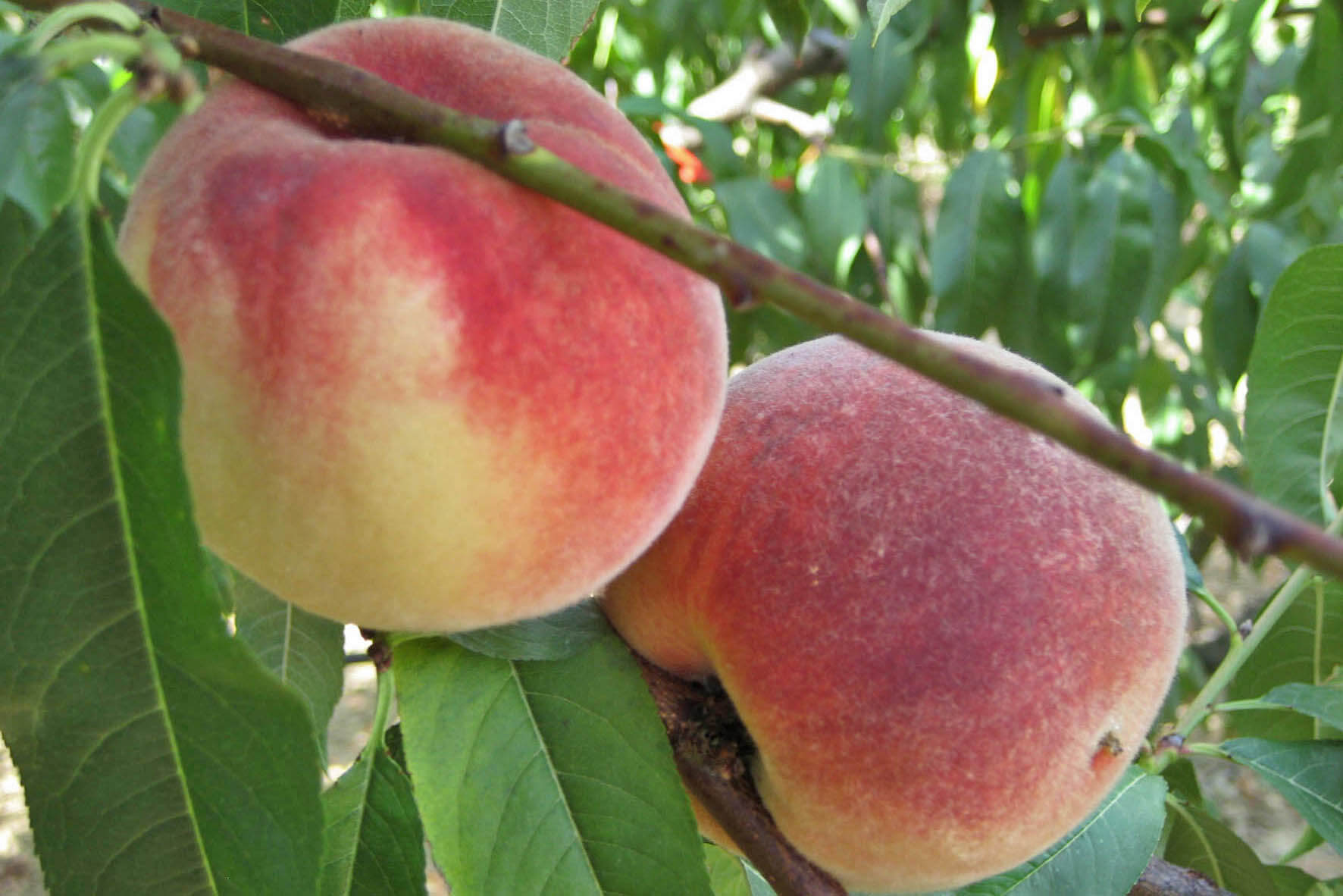
The birth of the Buco incavato Peach is closely linked to the territory of Bassa Romagna, in particular to the town of Massa Lombarda, in the province of Ravenna, where it was planted in the late 1800s and early 1900s under the name “Pesca di Massa Lombarda.”
It was at that time, that this entire area became the site of important technical experiments on fruit tree plantings that made this area into a capital of European fruit growing.
The Buco Incavato is a white peach, weighing about 200 grams, with deep red hues. It is usually harvested in mid-August and is best eaten fresh.
Nobile Pear
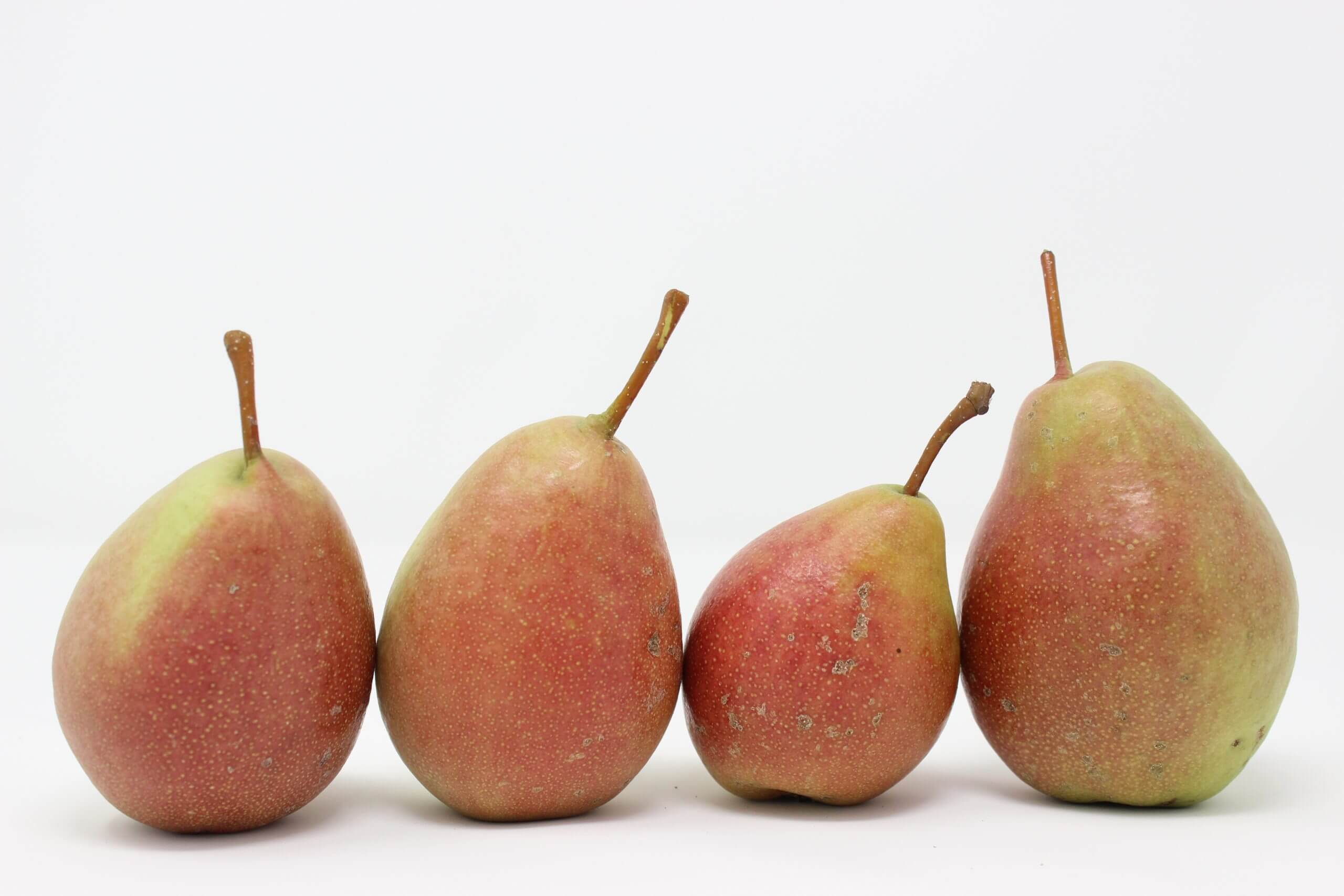
Known in the Parma and Reggio Emilia area as “nobile” and in the Piacenza area as “lauro”, the Nobile Pear is one of the latest additions to the list of Slow Food presidia in Emilia-Romagna.
It seems that this fruit was a fortuitous discovery by local farmers. The first bibliographic record dates back to the 18th century.
Harvested between September and October, it has a conical shape, a yellow-green skin with reddish hues, and a fragrant yellowish and fairly hard flesh. Because of its hard flesh, it is not eaten freshly picked but is to be eaten cooked in wine or water, as a side dish for salads or as a filling for tortel dols.
Santarcangelo Water Onion
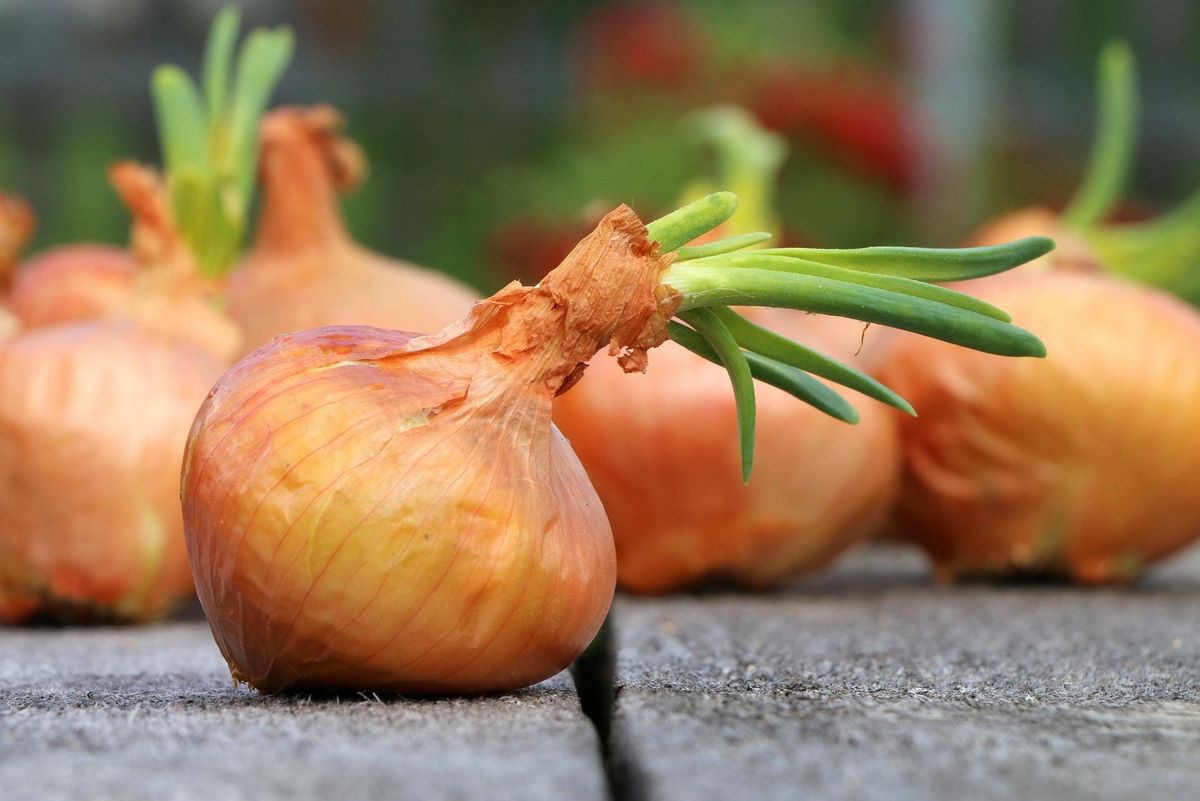
This type of onion is so deeply connected to the town of Santarcangelo di Romagna – where it is still produced today – that its inhabitants were once called ‘cipolloni‘ (‘big onions’). The water onion originates along the banks of the Marecchia river, whose waters were once used for its cultivation.
Plenty of it was needed, hence the name it bears. Being easily perishable, the Santarcangelo onion is left to dry in the sun for as long as a month before resting in a cool place. Traditionally, this speciality lasts until St Martin’s Day, 11 November, and is excellent either cooked or raw, with a drizzle of oil.
Author

Davide Marino
Davide Marino was born archaeologist but ended up doing other things. Rational – but not methodic, slow – but passionate. A young enthusiast with grey hair
You may also like
Emilia-Romagna’s Food Markets that You cannot miss!
by Davide Marino /// March 15, 2023
5 food experiences not to be missed in Emilia Romagna
by Elisa Mazzini /// September 6, 2016

Interested in our newsletter?
Every first of the month, an email (in Italian) with selected contents and upcoming events.
I Musei del Cibo: 8 tappe golose nel parmense
by Celestina Paglia /// November 18, 2016
